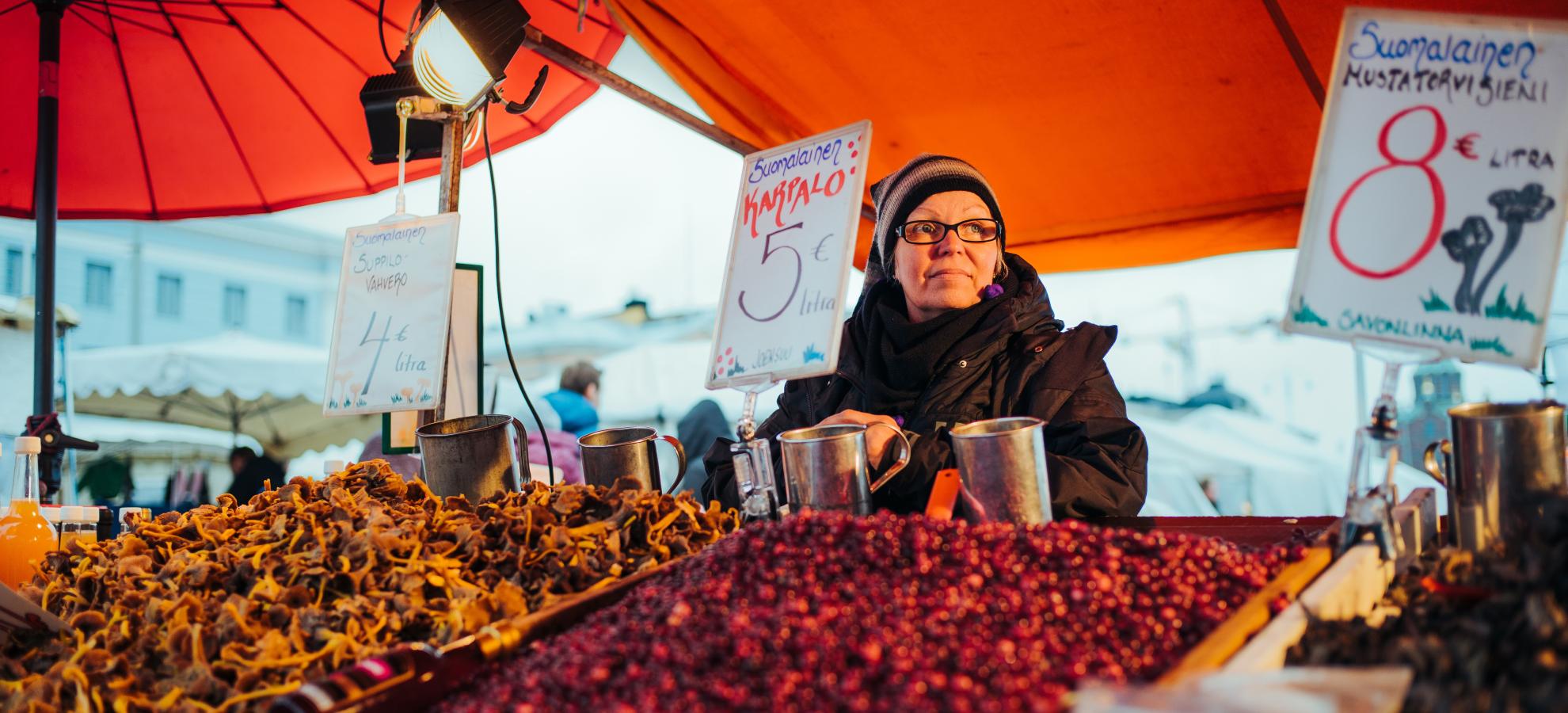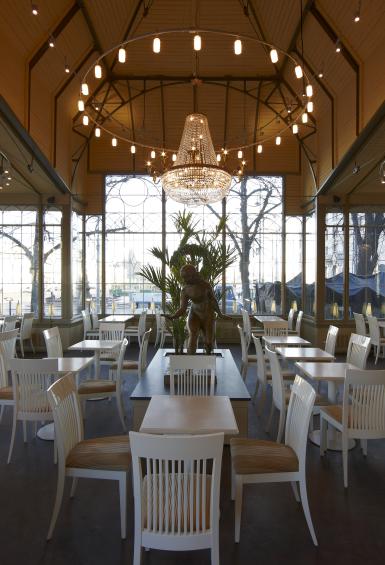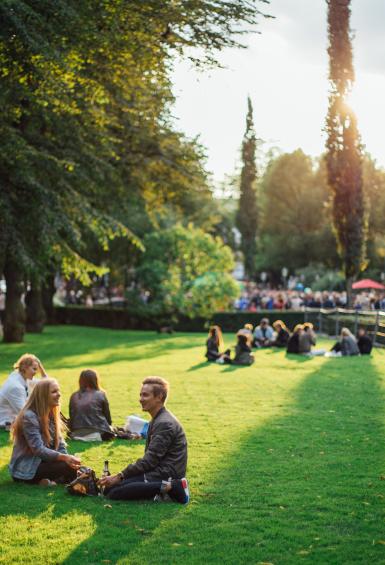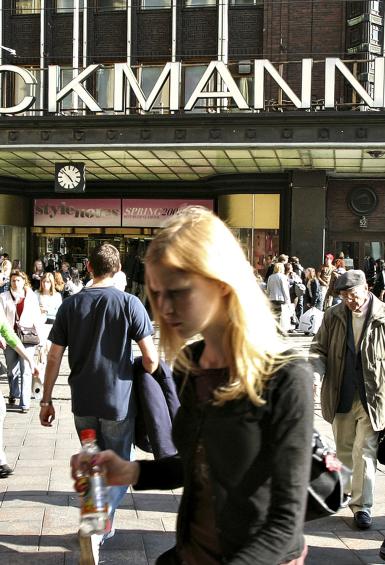
There’s a scuffle going on at the Tsarina’s Stone. The local seagulls are competing for first dibs at the plates of fried vendace. The tourists scream in delight and horror; it’s not uncommon to see them running from the flocks of seagulls at the Market Square. In fact, the gulls have become so brazen in their feeding frenzies that the verb “lokittaa” (“to gull”) has been added to the local slang to describe pilfering.
The Tsarina’s Stone itself is the oldest public monument in Helsinki and reflects the many layers of history in the nation’s capital. The red granite obelisk was designed by Helsinki’s architect C. L. Engel and erected in 1835 to mark the first visit by Tsarina Alexandra, wife of Tsar Nicholas I, to the capital of the Grand Duchy. The globe and double-headed eagle that sit atop the obelisk were removed when Finland gained independence in 1917 but later restored.
These days food and souvenirs are sold at the Market Square, but it’s also a popular place to sit and enjoy coffee and sugar donuts – either by the waterfront (curiously named the “Cholera Pool”) or inside the iconic orange coffee tents in wintertime. Ferries and waterbuses depart from the Market Square to the islands in the archipelago, while the bigger ships leave from the adjacent terminals to Stockholm and Tallinn.
Bruce Oreck, the former US ambassador to Finland, famously remarked that the Market Square should be made much more stylish and less like a refugee camp. This is a fair enough opinion, but it overlooks the fact that the look of the Market Square harkens back – consciously or not – to the early 1800s when Helsinki was rapidly developed to serve as the capital of the Grand Duchy of Finland. Back then the square itself was still part of the inlet, where local fishermen would pull up to sell their catches to the locals. The muddy inlet was eventually filled in and a proper market square constructed to serve larger ships.
The official buildings that border the Market Square have not dulled its colourful lifestyle. The Presidential Palace and Helsinki City Hall designed by C. L. Engel and the Swedish Embassy designed by A. F. Gransted have been joined in recent years by the Allas Sea Pool and a cluster of stylish restaurants and cafés in the converted redbrick warehouses across the canal in Katajanokka.





